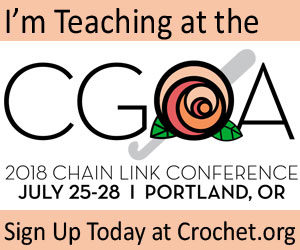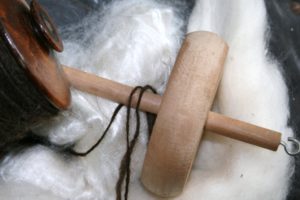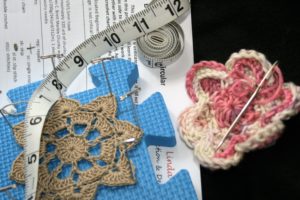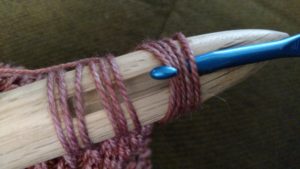 Why do I still take crochet classes? That was a question I was asked recently, and apparently many people do not easily understand the reason.
Why do I still take crochet classes? That was a question I was asked recently, and apparently many people do not easily understand the reason.
I must first admit, that I took my first crochet class in 2011, thirty years after I taught myself to crochet. I took the class because I happened to be invited to attend a Crochet Guild of America conference, and figured I would try everything it had to offer. I actually took a few classes at that conference, and realized that even though I knew quite a bit about crochet there was so much more to learn.
Crochet does not just have to be the working of a couple of stitches to create an afghan, which was my long standing practice with the craft, it can be an experience of bonding, an experience of growth, an experience of connecting. Taking my first class opened this world to me.
In each and every class I take I learn something new, even if it is a topic I thought that I knew really well. Every teacher has a different way to bring the material and information alive, in this process I see crochet from a different angle, and different history, and different life.
Yes, I might be going a bit deep, but crochet is so unique to each individual. Not only is all crochet handmade, as there is no machine crochet, but it is often learned from one generation to another. I often find students are unsure of their abilities in crochet, and I think this is due to the nature of learning in a personal setting from an older relative or neighbor. This might intimidate students from taking classes, it did for me for too many years, but overcoming the awkward discomfort I thought I would have has shown me more than I could have imagined.
Even as I teach more, I continue to take classes to retain and re-imagine what crochet can be. If you haven’t adventured into a crochet class, I really recommend you do. You will meet interesting people, learn stories and connect….everything that I realize I need.






